Advertisement
Insights on post-concussion changes from acute to chronic stages

By Stephen M. Rao, PhD
Advertisement
Cleveland Clinic is a non-profit academic medical center. Advertising on our site helps support our mission. We do not endorse non-Cleveland Clinic products or services. Policy
The brain mechanisms that produce symptoms of concussion and mediate recovery are not well understood. By definition, concussion is distinguished from more severe forms of traumatic brain injury by the absence of observable changes on structural CT and MRI.
Cleveland Clinic’s functional neuroimaging program has applied advanced MRI techniques, such as functional MRI (fMRI), to better understand how the brain changes with concussion. With the use of sophisticated software, brain areas that show increased activity during performance of a cognitive task can be detected and quantified, allowing comparison across clinical groups. We have recently published two fMRI studies that identify patterns of brain activation during the acute (hours), subacute (weeks) and chronic (years) stages following concussion.
The first study was conducted in collaboration with colleagues at the Medical College of Wisconsin in Milwaukee. More than 3,500 high school varsity football players underwent preseason testing involving cognitive testing and completion of a questionnaire that examined base rate post-concussion symptoms.
Over the course of the season, 12 players experienced a concussion and underwent two fMRI scans: at 13 hours and seven weeks after injury. For each of the 12 injured players, an uninjured teammate, matched by education, age and preseason cognitive and concussion symptom scores, also underwent two fMRI scans separated by seven weeks.
During the fMRI scan, participants were asked to perform a test of attention and working memory. This is the first fMRI study to measure brain activity during the acute stage of concussion.
Advertisement
Our analyses revealed that 10 brain regions, nine on the right side of the brain, distinguished concussed from healthy athletes. At 13 hours (acute phase), the concussed athletes experienced a slowing in their reaction time along with hypoactivation of their attentional brain networks compared with healthy athletes. At seven weeks (subacute phase), the concussed athletes’ reaction times returned to normal. This was associated with a hyperactivation of the same attentional brain regions (Figure 1).
Several fMRI studies of concussed patients have shown that brain hyperactivation is common during the subacute stage, prompting some investigators to speculate that brain hyperactivation is a necessary compensatory mechanism to allow the concussed athlete to function normally at this recovery stage.
Our study is the first to document the evolution from brain hypoactivation to hyperactivation when concussed patients move from the acute to subacute stages. Further research is needed to determine if this shift in brain activation can be used as a diagnostic tool to determine whether an athlete is ready to return to the playing field.
The second study, funded by the U.S. Department of Defense, involved collaboration with colleagues at the Baylor College of Medicine in Houston. It was designed to determine if fMRI could detect chronic (one to six years after injury) changes in brain function associated with a concussion. A secondary goal was to determine if the brain activity patterns from concussions experienced by civilians due to a blow to the head is different from those experienced by Iraq and Afghanistan combat veterans due to exposure to explosive blasts.
The two concussion groups (military and civilian) were compared with military and civilian control groups. The military controls had combat exposure but had not experienced a head injury or been exposed to a blast. The civilian controls had experienced orthopaedic injuries but had no history of concussion.
All four groups underwent a single fMRI study that involved performing a task evaluating inhibitory control processes.
Not unexpectedly, given the length of time since the injury, the two concussed groups performed similarly to the controls on measures of cognitive abilities, suggesting full recovery from a neuropsychological perspective. Concussed individuals also performed normally on the inhibitory control task conducted during fMRI scanning.
Our fMRI results, on the other hand, indicated that both military and civilian concussions produce brain underactivation when participants correctly inhibited their responses. An even more interesting fMRI finding occurred when the concussed individuals were unsuccessful in inhibiting their responses. Blast-related and mechanical concussions demonstrated the opposite brain activity response: Compared with their respective control groups, the military concussion group demonstrated hyperactivation while the civilian concussion group showed hypoactivation (Figure 2).
Our results could not be explained by the presence of post-traumatic stress disorder or other emotional problems in the concussion groups.
These findings are the first demonstration of a neural basis for distinguishing blast-related from mechanical concussion in humans. More broadly, our fMRI results are noteworthy for identifying a “neural signature” associated with concussion up to six years after injury, even in the absence of demonstrable cognitive deficits.
Advertisement
fMRI scans may one day find clinical use as a biomarker for conducting disability assessments and designing rehabilitation programs for treating the chronic sequelae of concussion.
Dr. Rao is Director of the Schey Center for Cognitive Neuroimaging in the Neurological Institute. He also has appointments in the Departments of Neurosciences, Neurology, and Psychiatry and Psychology as well as in Cleveland Clinic Lou Ruvo Center for Brain Health.

Figure 1 (on the left). Three brain regions on the lateral and medial surface of the right hemisphere that demonstrate an interaction between group (injured vs. controls) and time (13 hours vs. 7 weeks after injury). The concussed athletes experience hypoactivation relative to controls during the acute recovery period. During the subacute recovery period, the concussed athletes show hyperactivation or equivalent activation compared with controls. The y-axis represents the degree of activation in response to an attention/working memory task. Error bars = SEM.
Figure 2 (on the right). Brain activity on the lateral surface of the left hemisphere in response to an inhibitory control task. The left side represents activation during correct inhibitions and the right side activation during incorrect inhibitions. Both the military and civilian concussed groups experienced hypoactivation relative to controls during correct inhibitions up to six years after injury. The chronic sequelae of military (blast) and civilian (mechanical) concussions could be distinguished in the patterns of brain activation during failure to inhibit a response: hypoactivation with mechanical concussion and hyperactivation with blast concussion. The y-axis represents the degree of brain activation in response to the inhibitory control task. Error bars =SEM.
Advertisement
Advertisement

Taking virtual reality-integrated technology from silver screen to clinical laboratory
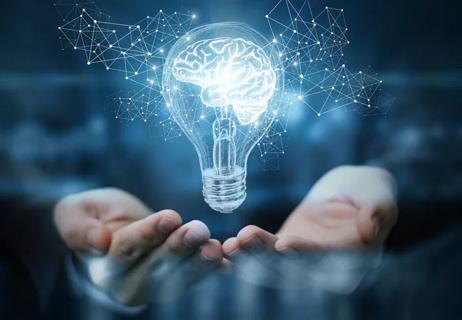
Novel collaboration is underway to foster innovation – and a real-world invention
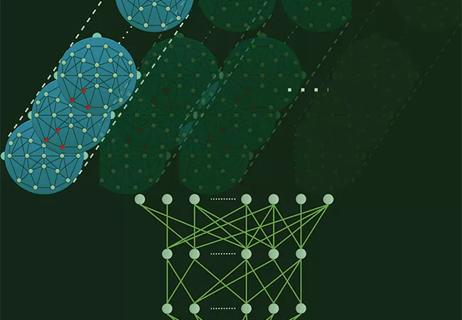
Strong performance from early models heralds eventual reshaping of care
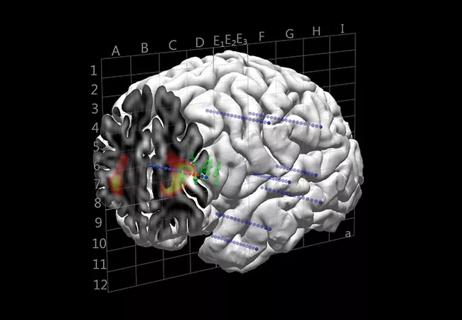
Novel approach is improving presurgical evaluation
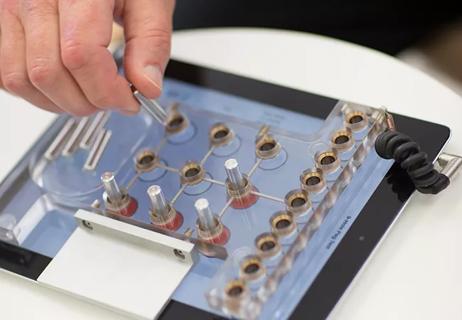
Important progress toward predictive analytics in MS and PD

A quick review of 3D-printed models, intrasaccular flow disruption and flow diverter stenting

Early results with ‘HeRe We Arts’ spur testing in a randomized trial
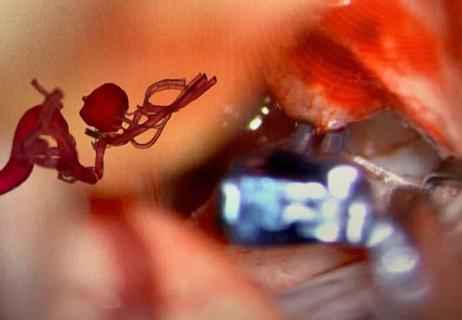
One of first reported uses of the technology for a cerebrovascular malformation